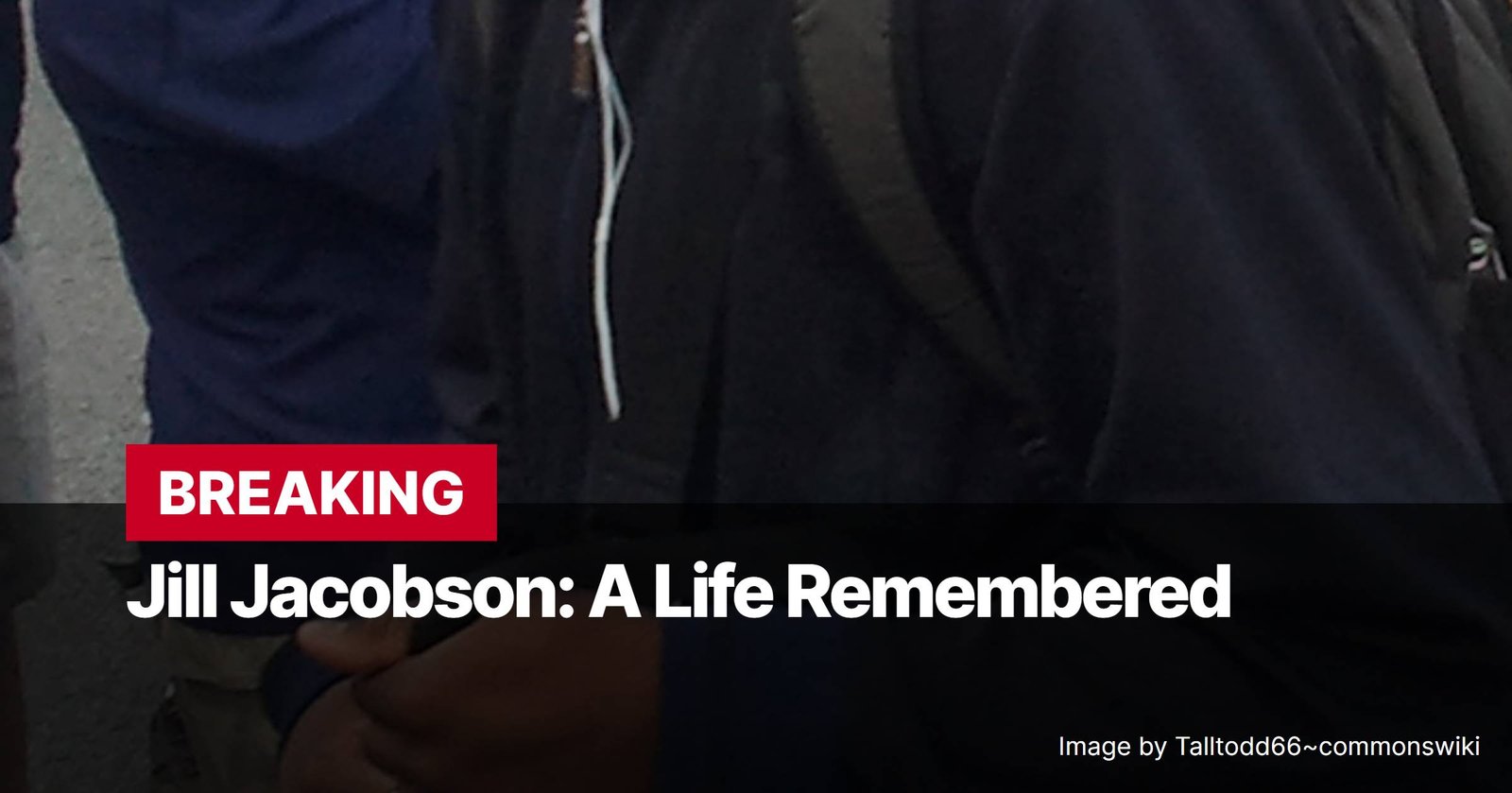Anne Frank, the young diarist whose poignant account of life in hiding during the Holocaust has captivated generations, is once again at the forefront of public discourse. While her story has long served as a stark reminder of the horrors of persecution and the importance of tolerance, recent events have tragically underscored the continuing relevance of her message in a world still grappling with prejudice and hate.
Frank’s diary, The Diary of a Young Girl, chronicles the two years she and her family spent concealed in a secret annex behind her father’s business in Amsterdam, attempting to evade Nazi capture. Born in Frankfurt, Germany, in 1929, Anne’s family fled to the Netherlands in 1934 following the rise of Adolf Hitler and the Nazi party. Initially finding solace and a sense of belonging in Amsterdam, the Franks’ lives were irrevocably altered by the Nazi invasion in 1940. As anti-Semitic laws tightened their grip, the family was forced into hiding in 1942, sharing their cramped quarters with four others.
Anne’s diary entries detail not only the daily struggles and fears of life in hiding, but also the universal experiences of adolescence. Her writings reveal her budding intellectual curiosity, her aspirations to become a writer, her complex relationships with her family, and her evolving understanding of the world around her. The diary stands as a testament to the resilience of the human spirit in the face of unimaginable adversity, and to the power of hope amidst despair. Anne’s famous words, “I still believe, in spite of everything, that people are really good at heart,” continue to inspire readers with their unwavering optimism.

The recent resurgence of interest in Anne Frank stems from a disturbing incident that occurred during a community theater production of “The Diary of Anne Frank” in Michigan. Masked protestors brandishing Nazi flags gathered outside the venue, attempting to intimidate and disrupt the performance. This blatant display of anti-Semitism shocked the community and cast a chilling shadow over the production, forcing the cast to confront the unsettling parallels between the play’s narrative and the hatred on display outside.
This incident serves as a stark reminder that the ideologies that fueled the Holocaust are still present today. It underscores the importance of continued education about the dangers of intolerance and the vital role of speaking out against all forms of hate. While the protestors’ actions were swiftly condemned by community leaders and organizations, the incident serves as a wake-up call, highlighting the need for ongoing vigilance against the insidious creep of extremism.
Beyond this specific event, Anne Frank’s story has resonated across various cultural platforms in recent years. New translations of her diary, including previously omitted passages, offer deeper insights into her thoughts and experiences. The Anne Frank House in Amsterdam continues to draw visitors from around the world, providing a tangible connection to her life and legacy. Furthermore, various artistic works, including ballets, choral pieces, and documentaries, continue to explore and interpret her story for new audiences.
Anne Frank’s diary has transcended its historical context to become a universal symbol of resilience, hope, and the indomitable human spirit. The recent events in Michigan, while deeply troubling, serve as a catalyst for renewed engagement with her story, reminding us of the urgent need to combat prejudice and promote tolerance in all its forms. Her words continue to echo across the decades, challenging us to confront the darkness of hatred with the unwavering light of compassion and understanding.



















